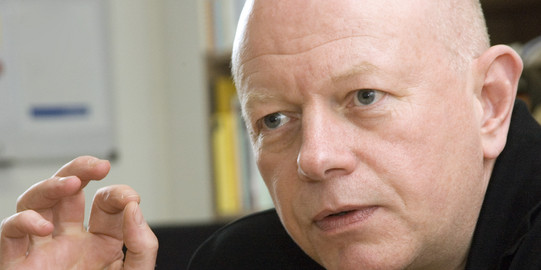Trends in International Mathematics and Science Study (TIMSS) 2011 Grundschule
TIMSS is an international comparative school achievement study. It focuses on the mathematical and scientific competencies of pupils in different grades. With the 2011 study, Germany participated in TIMSS for the second time with students in the fourth grade.
Förderer
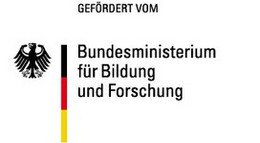
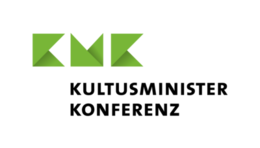
Project description
TIMSS (Trends in International Mathematics and Science Study) 2011 is an international school performance study. The study focuses on the mathematical and scientific competencies of primary school children in Germany in an international comparison. It is conducted every four years. The initiator of TIMSS is the International Association for the Evaluation of Educational Achievement (IEA), an independent international association of education-related research and science institutions and government agencies.
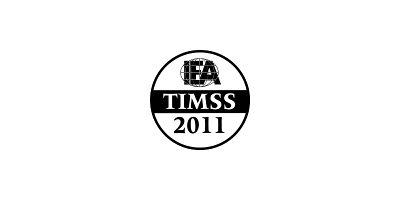
TIMSS examines student performance in mathematics and science, taking into account curricular requirements and other key conditions of the school learning environment. The results can be used to derive information for the training and further education of teachers, for the content of curricula, for the design of teaching materials and for the orientation of school framework conditions, which aim to contribute to improving the quality of schools and teaching.
TIMSS took place in Germany for the third time in 2011. In 1995, Germany participated in the middle and high school survey, and in 2007, Germany participated in the primary school survey. The 2011 survey will also be a pure primary school survey. Germany participates in the study by decision of the Standing Conference of the Ministers of Education and Cultural Affairs (KMK) of the Länder and according to an agreement between the KMK and the Federal Ministry of Education and Research (BMBF).
Lead researcher at IFS
Publication of the results
The publication of the TIMSS 2011 results took place on 11 December 2012.


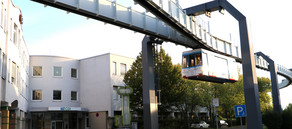



![[Translate to English:] [Translate to English:]](/storages/ifs-ep/_processed_/8/5/csm_AdobeStock_412860748_9a2dbb816c.jpeg)
